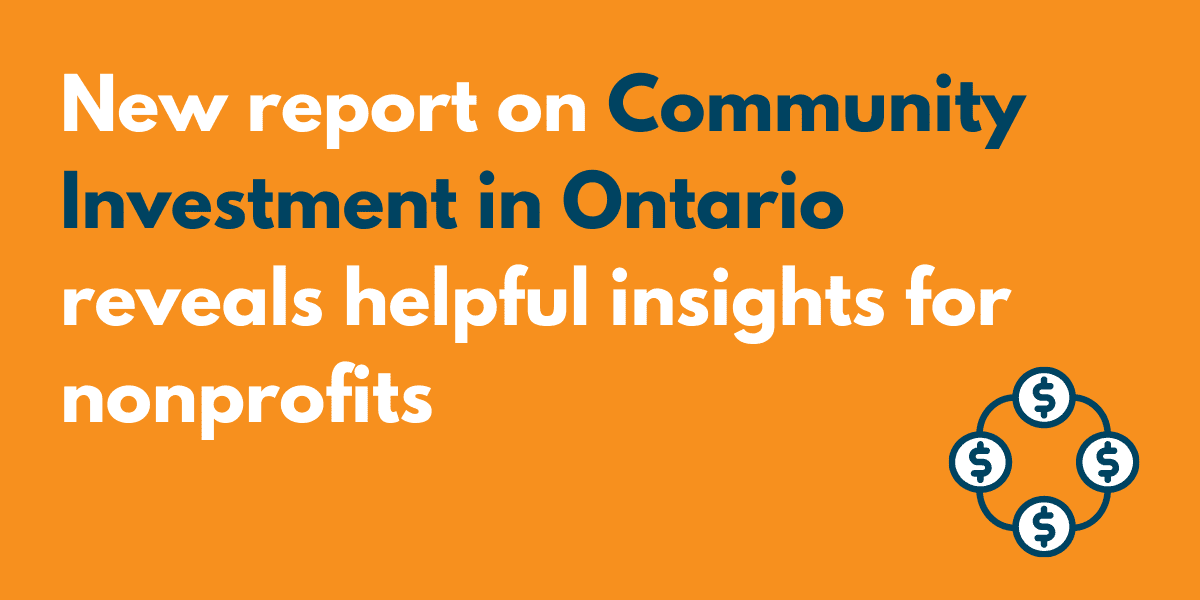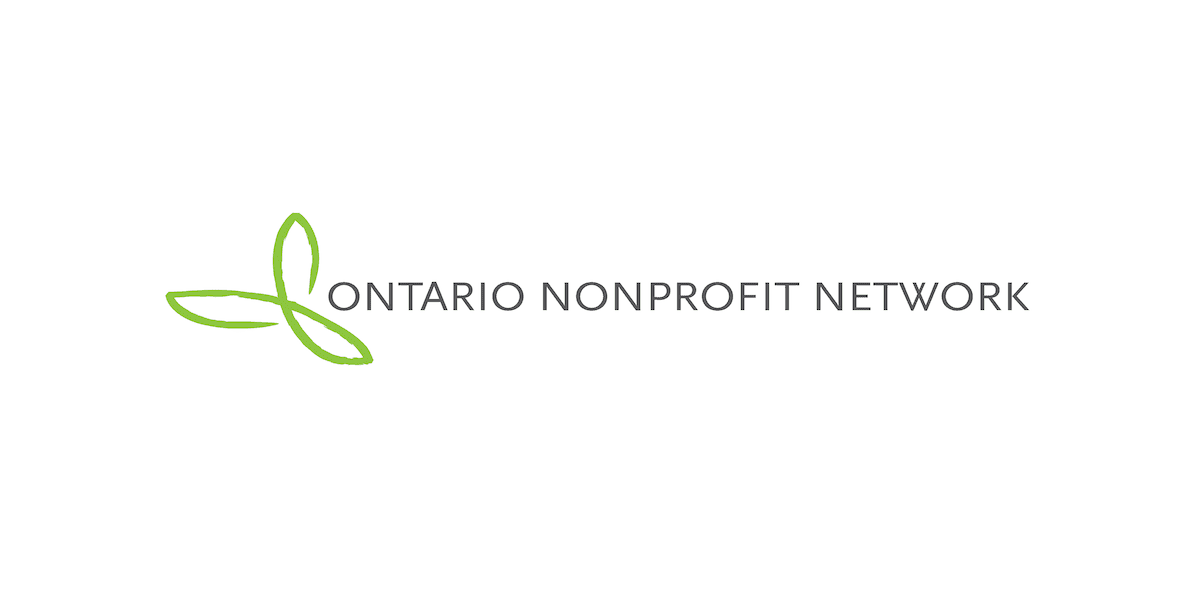
Blog
Ontarians deserve access to affordable and people-centred services. Nonprofits can make that a reality.
For the past year I have been reading about and gathering stories on the privatization of public and nonprofit driven services, and their subsequent cuts and closures across Ontario. These stories span all subsectors – from child care to healthcare, and family services to employment agencies. I have realized there is a dire need to highlight how and which services are funded in our province. Increasing privatization means it’s time for our sector to start rethinking how we present ourselves as a service provider in Ontario’s economy.
The nonprofit sector needs to seriously consider the question: what if what’s happening in the housing sector was happening with all essential services? Necessities made unaffordable, unattainable, and a fantasy from a bygone era. We have a responsibility to share with our communities, and the people we serve, information about the breadth of nonprofit services they use, and that those services are clandestinely being privatized. We must also communicate the severity of privatization, and the need to embrace nonprofits as service providers who are best suited to deliver these services because they are community, and not profit, centered.
Privatization of services can be lethal for communities
Privatization is promoted as a policy solution when underfunded public and nonprofit services fail to meet the needs of communities. Private services are promoted as fast and more efficient while the actual cost to taxpayers is often played down (e.g. a colonoscopy priced at $739 in the private sector versus $290 in the public sector). We’ve already seen in B.C., Quebec, and Alberta that privatizing health services ends up costing taxpayers more money in the long-run. Increasingly however, privatization happens as an intended consequence of government underfunding of these services until they become untenable and introducing private services seems the only option. A vicious cycle emerges as governments move more towards the for-profit sector: they flatline funding to nonprofits/public sector organizations instead of raising it alongside inflation, resulting in public/nonprofit sectors being unable to provide services effectively and efficiently, thus opening the door for the for-profits to take over.
Recent examples of privatization:
- Tax dollars continuously used to fund for-profit LTC homes in order to fulfill government LTC bed goals despite community’s calls to cease.
- Nonprofit group homes providing safe and affordable services competing for funding with for-profit homes that prioritize profit and cost savings over youth safety.
- For-profit childcare companies takeover daycare services, and immediately cut workers’ wages, and outright state their goal is to achieve “exponential revenue growth”.
- Transformation of public low-income employment services to private services, despite evidence that previous privatization functioned so poorly that services had to be returned to the nonprofit/public sector. All on the taxpayer’s dime.
- Telus Health charging illegal fees for services under the guise of “alleviating the pressures on the public healthcare system”.
While privatization isn’t a new approach to handling service provision in Ontario, the pace at which it’s happening is accelerating. It’s becoming harder for nonprofits and the communities who use these services to have a say in how and by whom these services are delivered. This policy choice does not just span one government’s mandate. So it’s not enough for us to develop short-term advocacy plans to combat privatization; it’s necessary for us to develop long-term solutions embedded in our daily work that we can take to any government of the day that attempts to privatize services.
Developing public advocacy campaigns and socializing the nonprofit business model amongst our networks is one way to let the public know they have other options. We can socialize the idea in our election advocacy work, in our comms and newsletters, during our fundraising drives, and even at community events. If communities don’t learn directly from us that they have other options, ones that are tried and true community options that keep profit out of care, privatization becomes inevitable. It begins with us. Nonprofits need to be at the forefront of socializing and embedding the nonprofit business model in the public’s consciousness. If no one knows our value, no one is going to fight for us.
Nonprofits are uniquely positioned to deliver publicly-funded services
We have drafted a one-pager on the nonprofit business model to help nonprofits integrate this language when talking about the work that they do. This resource provides the sector with an accessible piece detailing why the nonprofit sector is uniquely positioned to deliver publicly-funded services.
ONN has been convening interested folks in the sector on the topic of privatization, and what we can or should do as a sector. As a result, an emerging and iterative strategy has been developed with some short and long term solutions:
- If organizations receive public funding to obtain real estate for essential services, government should either maintain direct ownership in the real estate or organizations should be prohibited from selling it to be used for other purposes.
- Enforce legally mandated quality standards with meaningful financial penalties, so organizations are not incentivized to cut corners.
- Grow essential services through nonprofit organizations by focusing scarce funds on loan guarantees, and strategic capital grants for nonprofits.
- Prioritize investments in nonprofit care by increasing funding for operations.
We need the sector to understand how big and insidious privatization is, and the significant impact it will have on not just us but also our communities across the province.
We need to pay attention, come together, and engage in collective advocacy.
The time for nonprofit-led services is now
Ontarians must know there is a better way forward that keeps their health and well-being top of mind. It is up to our sector to socialize and embed the nonprofit business model into the public consciousness; no one can or will do it but us, and it’s time to seize the moment. We must champion our values. We can settle for an Ontario where unaffordable and low-quality services are the norm, or we can demand an Ontario where nonprofits lead the way for high-quality and affordable services for our communities. I think the choice is clear.






